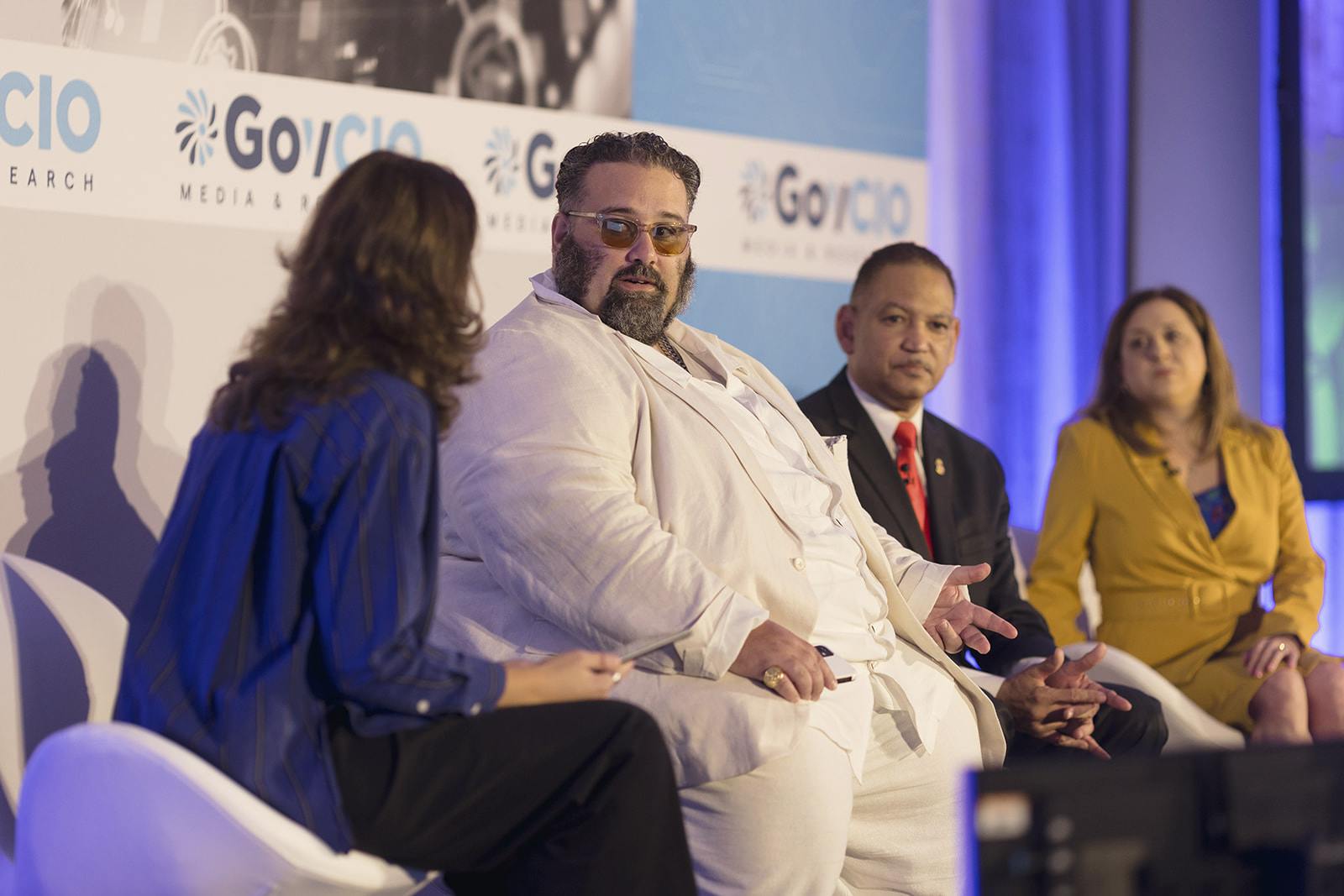GSA Explored Emerging Technologies and Acquisition Innovation in 2019
Further streamlining of federal procurement processes is likely to come in 2020.

As the chief acquisition agency for the federal government, the General Services Administration demonstrated innovative thinking in its approach to procurement in 2019. It recognized that it can learn from industry best practices and continued shortening the acquisition timeline to ensure that the tools the government needs to serve its citizens arrive as soon as possible. Moreover, it led by example in thoughtfully implementing emerging technologies to reduce costs and streamline business processes across the agency.
One technology GSA has implemented successfully is a hybrid cloud infrastructure, enabling the agency to save on IT expenses and respond quickly to changes in its needs. In September, Deputy CIO Beth Killoran shared that GSA saves $8.5 million annually by closing its data centers entirely and relying on its cloud environment.
The hybrid cloud environment, she added, gives GSA the freedom to increase and decrease its data storage and processing capacity in tune with the demands of the acquisition schedule. Furthermore, in the event that something breaks — as had happened in September — the CIO’s office can restore functionality to employees and their customers in a matter of hours, not days or weeks.
GSA has established itself on the front lines of AI and RPA development and implementation for the government. Until his November departure for the private sector, Senior Advisor to the CFO Ed Burrows was co-chair of the RPA Community of Practice for the government, and the CFO’s office continues to be a leader in the effort.
“The objective was to bring together agencies who wanted to learn about RPA, but also that were successful in RPA,” CFO Gerard Badorrek explained at the AI & RPA CXO Tech Forum in December. “The two things we wanted to do were — one, we wanted to solve problems that were common across government and come up with solutions. And the second is educating agencies [about RPA].”
There are 33 different applications for RPA at GSA today, Badorrek added, with another 40 use cases under review for future implementation. His office is also working to respond to other agencies who see GSA as an example to follow for automation.
“What we’re working on right now is a playbook to come up with solutions to these challenges depending on what stage of [RPA] maturity you’re at,” Badorrek said.”
In May, GSA further outlined its plan to develop an e-commerce portal for government acquisition. Phase two took place during 2019, focusing on supply chain and customer data processes with the agencies and industries it has partnered with. In 2020, GSA expects to expand the pilot program and issue a multi-award contract for the marketplace.
Led by its Centers of Excellence, GSA is shortening its procurement timelines, increasing communication with stakeholders and finding innovative solutions to current acquisition hurdles. The acquisition Center of Excellence is a small office, but it is using transparent, open-source options to identify best practices.
“We put all of our procurement documents on GitHub, and one of the things you can do is look at our … evaluation factors,” said Acquisition Lead Omid Ghaffari-Tabrizi in May. “It was feedback we got from small business that are specialists in key areas [on the RFI] … it said to come up with that challenge question and scenario question that relates to soft skills focused on getting stakeholder buy-in.”
That industry engagement is driving GSA efforts to consolidate the number of federal procurement schedules and break down barriers in acquisition.
FedRAMP certification is another process receiving special attention, both at GSA and on Capitol Hill. As Congressman Gerry Connolly explained in August, FedRAMP certification should take “six months and a quarter of a million dollars,” but recently has been a much longer and more expensive process. The delay not only keeps cutting-edge tools from reaching the federal marketplace, but also impedes many small- and medium-size companies from entering public space entirely, as they cannot afford the costs.
In a CyberCast episode in October, Connolly reiterated his plans to introduce legislation to codify FedRAMP into law, establishing a baseline set of risk management requirements for all agencies to follow and providing support for the program.
“We’re trying to help expedite the process and return it to its original goal,” Connolly said. “One thing we do is the presumption of adequacy, so that if you’ve been certified over here, we presume you are qualified to be certified over there.”
Connolly added that the bill would include approximately $25 million “toward increased capacity for FedRAMP.”
This is a carousel with manually rotating slides. Use Next and Previous buttons to navigate or jump to a slide with the slide dots
-

Inside DOD’s Push to Grow the Cyber Workforce Through Academia
Diba Hadi gives her first interview since becoming principal director of the DOD’s Cyber Academic Engagement Office.
15m listen -

Agencies Tackle Infrastructure Challenges to Drive AI Adoption
Federal agencies are rethinking data strategies and IT modernization to drive mission impact and operational efficiency as new presidential directives guide next steps.
5m read Partner Content -

Generative AI Demands Federal Workforce Readiness, Officials Say
NASA and DOI outline new generative AI use cases and stress that successful AI adoption depends on strong change management.
6m read -

The Next AI Wave Requires Stronger Cyber Defenses, Data Management
IT officials warn of new vulnerabilities posed by AI as agencies continue to leverage the tech to boost operational efficiency.
5m read -

Federal CIOs Push for ROI-Focused Modernization to Advance Mission Goals
CIOs focus on return on investment, data governance and application modernization to drive mission outcomes as agencies adopt new tech tools.
4m read -

Fed Efficiency Drive Includes Code-Sharing Law, Metahumans
By reusing existing code instead of rewriting it, agencies could dramatically cut costs under the soon-to-be-enacted SHARE IT Act.
5m read -

Agencies Push Data-Driven Acquisition Reforms to Boost Efficiency
New initiatives aim to increase visibility of agency spending, improve data quality and create avenues to deploy solutions across government.
5m read -

Data Transparency Essential to Government Reform, Rep. Sessions Says
Co-Chair of the Congressional DOGE Caucus Rep. Pete Sessions calls for data sharing and partnerships to reduce waste and improve efficiency.
5m read -

DOD Turns to Skills-Based Hiring to Build Next-Gen Cyber Workforce
Mark Gorak discusses DOD’s efforts to build a diverse cyber workforce, including skills-based hiring and partnerships with over 480 schools.
20m listen -

AI Foundations Driving Government Efficiency
Federal agencies are modernizing systems, managing risk and building trust to scale responsible AI and drive government efficiency.
40m watch -

Trump Executive Order Boosts HBCUs Role in Building Federal Tech Workforce
The executive order empowers HBCUs to develop tech talent pipelines and expand access to federal workforce opportunities.
3m read -

Navy Memo Maps Tech Priorities for the Future Fight
Acting CTO’s memo outlines critical investment areas, from AI and quantum to cyber and space, as part of an accelerated modernization push.
5m read
















